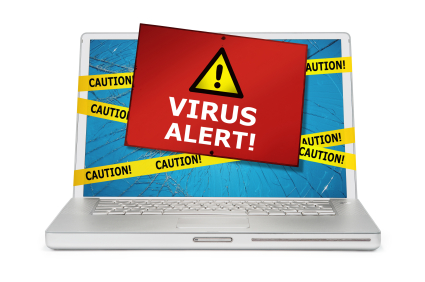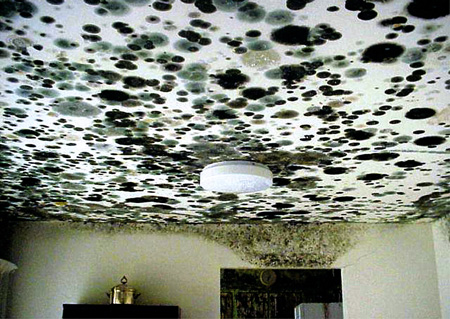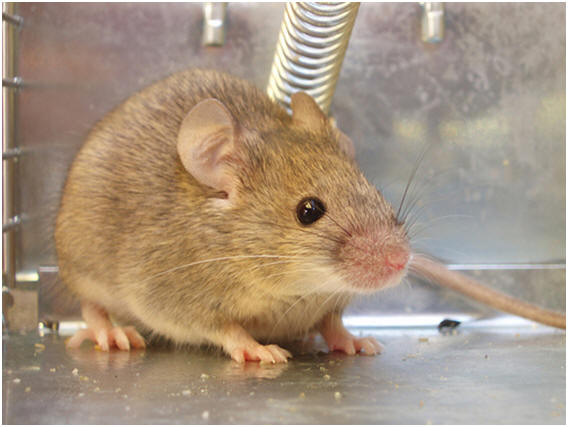Killing a Computer Virus
Oh no! Your laptop or desktop has gotten infected with a nasty bug, sending you on an intense mission to find out how to kill a computer virus. Essentially, a virus is a form of Trojan that can cause minimal to invasive and even permanent damage to your hard drive. Once you’ve gotten one on your laptop or desktop computer, all sorts of changes begin to unfold. You may experience slow activity even when your internet connection is strong. Other viruses can cause annoying pop-ups to continually display on the screen. Because of the potential damage that could occur in case of a virus or Trojan horse, chances are you were recommended early on to back up important files. If you took this (highly recommended) advice you can now breathe a sigh of relief knowing that it was for good reason. But before you can transfer those files back, you first need know how to remove a virus.
Because this article is not intended to lecture you for downloading those free files and opening those suspicious emails, the first step to recovering your PC is to figure out how to kill a virus without making the situation worse. Set aside some of your time to research antivirus software and virus removal tools. The chances are high that you won’t be able to determine exactly how you contracted the Trojan, but removing it is your highest priority. It is possible to get free malware detection software if you take the time to look for it so don’t immediately assume that the process is going to be costly. As much as you may want to take a sledge-hammer to the hard drive right now take a deep breath, open a new tab and interrogate Google for answers on how to get rid of a virus for free.
Once you have removed the harmful files from your computer the next steps are crucial. Disconnect your computer entirely from it’s internet source. Next, back up all of your important files and documents so that they are not lost. Be aware of the potential that the files could be infected and avoid storing them on a USB flash drive. Opt instead to store all of the files on a blank DVD or CD. To further ensure that your computer can return to full safety, use a virus scan to inspect each individual file and folder.
If, after following the steps above, you still need assistance in how to kill a computer virus you can resort to formatting the computer back to the factory default settings. Turn your computer off completely. Depending on the kind of computer that you have there may be a CD or disk that is available to assist in a factory restore solution to remove a virus. This process will virtually “reset” the computer to the state it was in when it was first purchased new. Once the process is complete make immediate efforts to locate and install an adequate virus protection software. Avoid transferring files that you believe could be infected. You’ll be taking a loss, but to look at the big picture you’ll see that you’ve not only learned how to kill a computer virus but you have also saved a lot of money by doing it yourself.




